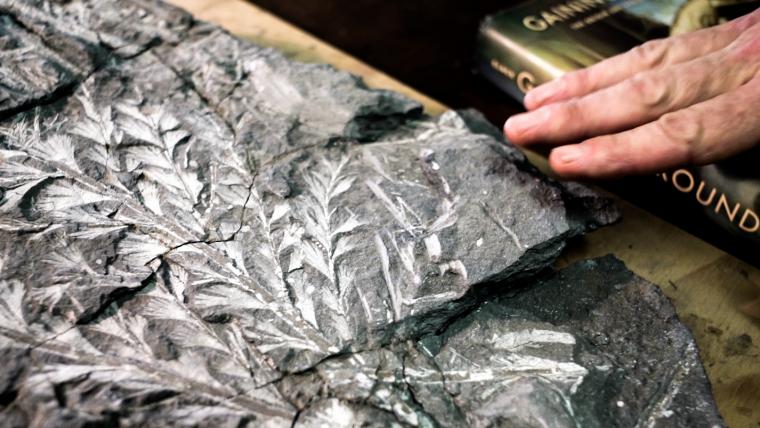
He found ancient treasure on the side of the road
When the N2 highway ploughed past Grahamstown in 1985, its path had nothing to do with conservation. Human progress comes at a cost. But human intervention had a fortuitous side effect on this occasion, as the dynamite that made way for the new road exposed a palaeontologist’s paradise. Dr Robert Gess recognised the end of the rainbow the minute he examined the Devonian-period shale scattered around Waterloo Farm bordering the road.
A lecturer at Rhodes University, Gess believes that the fossil-rich shale would never have been discovered if not for the building of the highway and its subsequent upgrades, which have revealed further dig sites. Shale typically turns to clay long before reaching the earth’s surface, causing any fossils held within to be lost forever. Thanks to the highway excavation, the last three decades have seen Gess discover a world of extinct animals that once lived in a fresh water lagoon and tidal estuary. His work has fleshed out a gap in history by giving palaeontologists a renewed understanding of these ancient coastal ecosystems.
Among Gess’ impressive list of finds, which includes 20 late-Devonian fish species, is the world’s oldest fossil lamprey – a blood-sucking fish – that featured in his PhD. His thesis was published in the world-renowned journal, Nature. Since it came to light that the area through which the highway runs is full of earth-encrusted history, every effort has been made by the scientific community and the South African National Roads Agency to protect these treasures and make them accessible. Future plans include opening the dig site to the public so that South Africans can appreciate this piece of their country’s heritage.

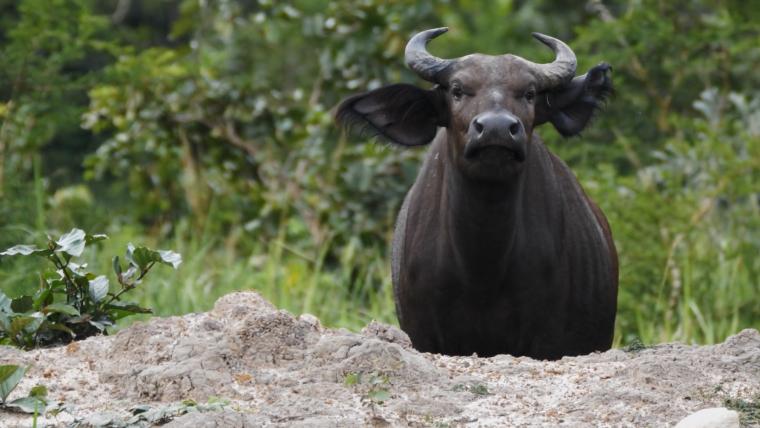
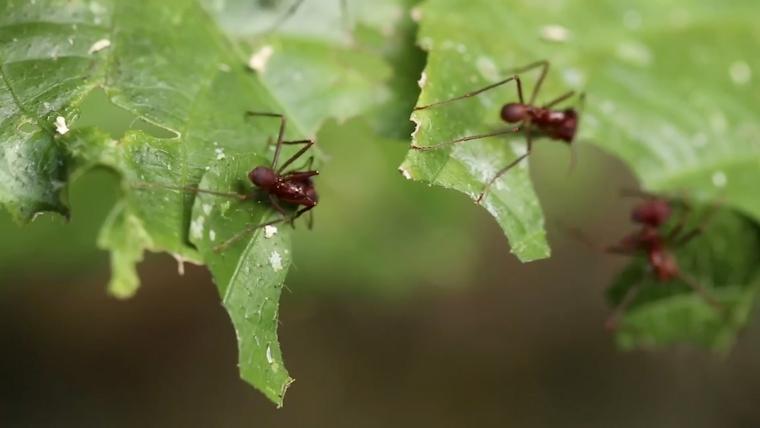
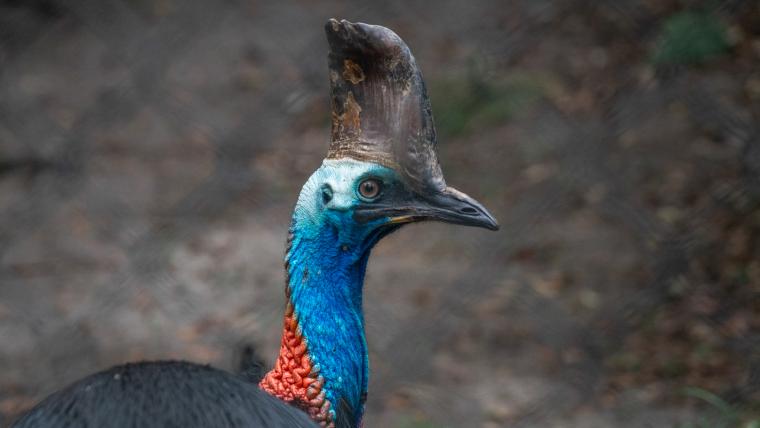





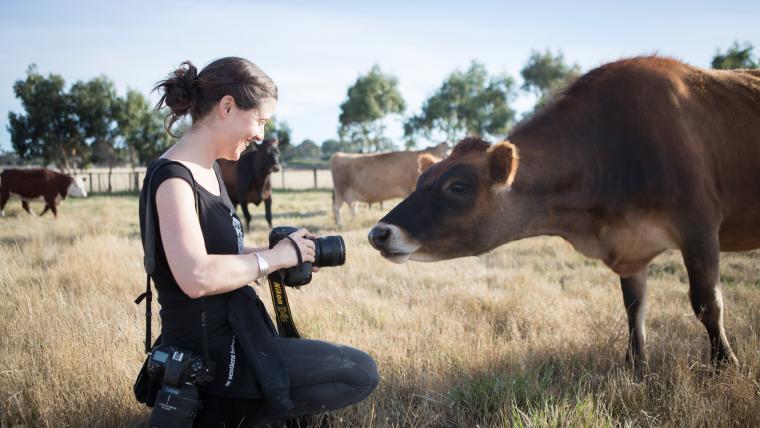




















Please sign in to leave a comment